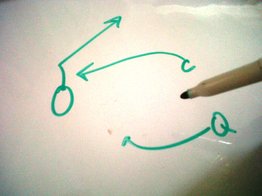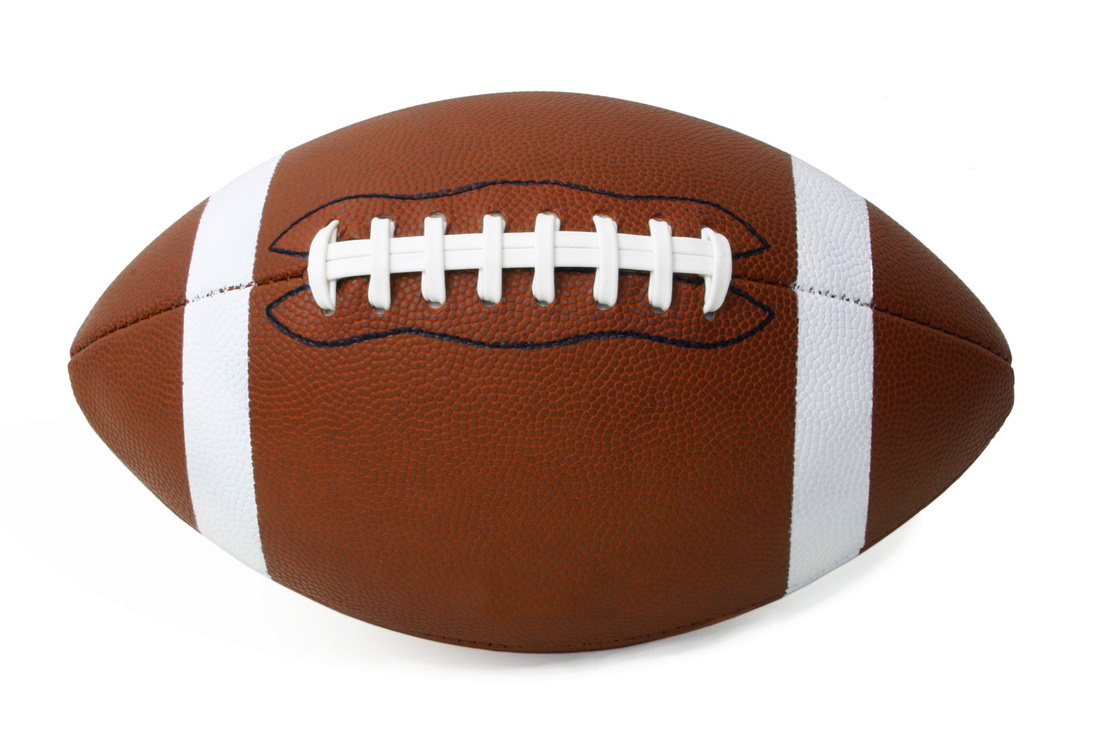
Children, adolescents, and adults all learn in different ways.
While everyone has the same fundamental learning receptors, not everyone processes that information the same way.
Instructional design is my profession, and I've had a lot of success in applying my professional knowledge to my hobby of coaching football. Here's a tip for any coach on applying the basic modes of learning to practices.
Basic Modes of Learning
Tactile – Touching, hands-on learning (ex., holding/catching a football, turning pages in a playbook)
Visual – Seeing an activity performed (watching the proper technique, looking at a play from the playbook)
Auditory – Hearing about an activity (listening to a coach describe the technique, hearing the plays called out)
Kinesthetic – Engaging in full-body activity (running a route, pursuing the ballcarrier)
Olfactory – Sense of smell (doesn’t typically apply to football).
Some learners prefer to see information rather than hear about it. Some prefer hands-on learning while others want it modeled for them before trying it. To improve the effectiveness of your drills or activities, try to combine as many learning modes as possible into the event. In that way, your chances are higher that your instruction will address the topic in a way that meaningfully engages each learner.
For instance, what would happen if you tried to teach players how to run a specific route using only your voice? While you might be able to describe a route with great precision, only those players who prefer to learn that way will successfully retain the knowledge. The rest will be scratching their heads.
Coaching on a practice field naturally lends itself to engaging the player (learner) in multiple ways. Players get to hear the route described (auditory), see the route drawn out on paper (visual) or draw it out themselves in the dirt (tactile), see the route performed by an expert (visual), then finally attempt to perform the route themselves (kinesthetic).
By employing as many of these learning modes as possible, you can improve the speed at which players learn and boost the chances of long-term retention.
What kind of drills work best for your team? Share your thoughts in the comments box or via Twitter @MyCoachArt, or on Facebook on the "Winning Flag Football" page.
Basic Modes of Learning
Tactile – Touching, hands-on learning (ex., holding/catching a football, turning pages in a playbook)
Visual – Seeing an activity performed (watching the proper technique, looking at a play from the playbook)
Auditory – Hearing about an activity (listening to a coach describe the technique, hearing the plays called out)
Kinesthetic – Engaging in full-body activity (running a route, pursuing the ballcarrier)
Olfactory – Sense of smell (doesn’t typically apply to football).
Some learners prefer to see information rather than hear about it. Some prefer hands-on learning while others want it modeled for them before trying it. To improve the effectiveness of your drills or activities, try to combine as many learning modes as possible into the event. In that way, your chances are higher that your instruction will address the topic in a way that meaningfully engages each learner.
For instance, what would happen if you tried to teach players how to run a specific route using only your voice? While you might be able to describe a route with great precision, only those players who prefer to learn that way will successfully retain the knowledge. The rest will be scratching their heads.
Coaching on a practice field naturally lends itself to engaging the player (learner) in multiple ways. Players get to hear the route described (auditory), see the route drawn out on paper (visual) or draw it out themselves in the dirt (tactile), see the route performed by an expert (visual), then finally attempt to perform the route themselves (kinesthetic).
By employing as many of these learning modes as possible, you can improve the speed at which players learn and boost the chances of long-term retention.
What kind of drills work best for your team? Share your thoughts in the comments box or via Twitter @MyCoachArt, or on Facebook on the "Winning Flag Football" page.

 RSS Feed
RSS Feed